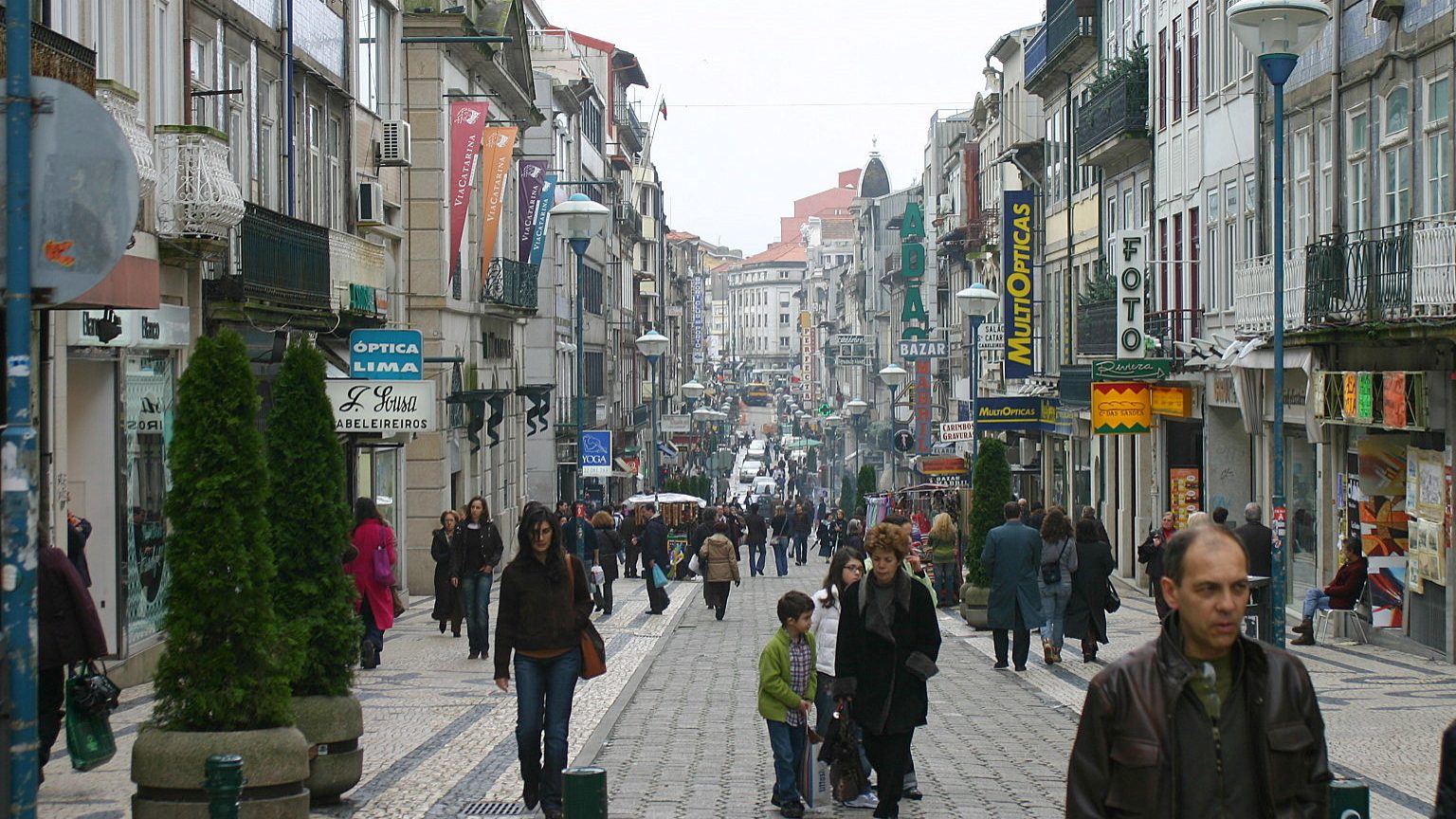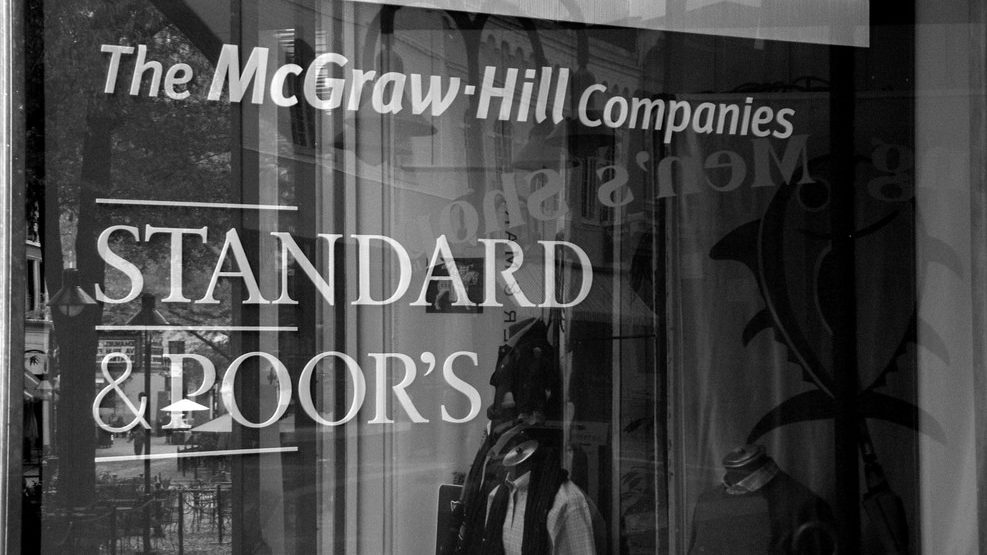Deficit stands at 1.9% in the first half of 2017
Budgetary deficit registered in the first semester of this year was 1.9%. The percentage stood below the estimates brought forward by UTAO's experts.
Budgetary deficit stood at 1.9% in the first semester of 2017. This number symbolizes a significant improvement when compared to the same period of last year, although it continues to stand above the goal set by the Finance minister Mário Centeno for 2017. These data were disclosed this Friday by Statistics Portugal (INE).
In spite of not including the impact of CGD’s recapitalization, the deficit results are well under way. The first quarter of 2017 deficit was revised downwards, from 2.1% to 1.7% of GDP. In the second quarter, the deficit increased to 2.1%, but looking at the first semester (1.9%), the budgetary deficit was better than expected: the Portuguese Technical Unit for Budget Support (UTAO) estimated a central value of 2.5%. Assessing the annualized evolution of the deficit, the tendency is also positive: the number fell to 1.4% of GDP.
INE explains that public revenue increased — in annualized terms, it grew 0.3%, and looking at the quarter, it increased 1.3% — and that expense was contained (it fell 0.1% in the year which ended in June, and 0.3% if only the months of April to June are considered).
The reasons for this increase are strongly connected to the evolution of the economic activity: taxes on production and imports increased, as well as social contributions, a consequence of an improvement in labor. As for taxes on income and real estate, there was a decline. When only looking at the second quarter, INE explains that the amount is highly influenced by the anticipation of the Single Tax (IRS) reimbursements in comparison to the deadline from 2016.
Concerning expense, personnel costs increased (in annualized terms, there was a 0.1% rise), which can be justified by the payment to civil service workers for a full year, without any cuts. However, this evolution was compensated by the decrease in capital expenses. In annualized terms, there is still a reduction in current expenditure components, such as social benefits, interests, intermediate consumption and subsidies.




